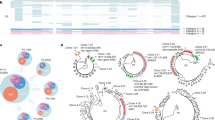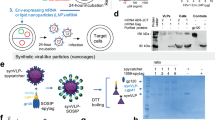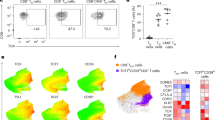Abstract
The symmetrical immune network theory is based on Jerne’s network hypothesis. An improved version of the theory is presented. The theory is characterized by symmetrical stimulatory, inhibitory and killing interactions between idiotypic and antiidiotypic immune system components. In this version killing is ascribed to IgM antibodies, while IgG antibodies are stimulatory. In the symmetrical immune network theory T cells make specific T cell factors, that have a single V region, and are cytophilic for non-specific accessory cells (A cells, including macrophages and monocytes) and play a role in the system switching between stable steady states. A recurring theme in the theory is the concept of co selection. Co-selection is the mutual positive selection of individual members from within two diverse populations, such that selection of members within each population is dependent on interaction with (recognition of) one or more members within the other population. Prior to exposure to an antigen, antigen-specific and antiidiotypic T cells are equally diverse. This equality is a form of symmetry. Immune responses with the production of IgG involve co selection of the antigen-specific and antiidiotypic classes with the breaking of this diversity symmetry, while induction of unresponsiveness involves co-selection without the breaking of diversity symmetry. The theory resolves the famous I-J paradox of the 1980s, based on co selection of helper T cells with some affinity for MHC class II and suppressor T cells that are anti-anti-MHC class II. The theory leads to three experimentally testable predictions concerning I-J. The theory includes a model for HIV pathogenesis, and suggests that polyclonal IgG from many donors given in immunogenic form may be an effective vaccine for protection against infection with HIV. Surprisingly, a mathematical model that simulates the autonomous dynamics of the system is the same as one that models a previously described neural network.
Similar content being viewed by others
Article PDF
Author information
Authors and Affiliations
Corresponding author
Rights and permissions
About this article
Cite this article
Hoffmann, G. The Symmetrical Immune Network Theory and a New HIV Vaccine Concept. Nat Prec (2010). https://doi.org/10.1038/npre.2010.4228.1
Received:
Accepted:
Published:
DOI: https://doi.org/10.1038/npre.2010.4228.1



